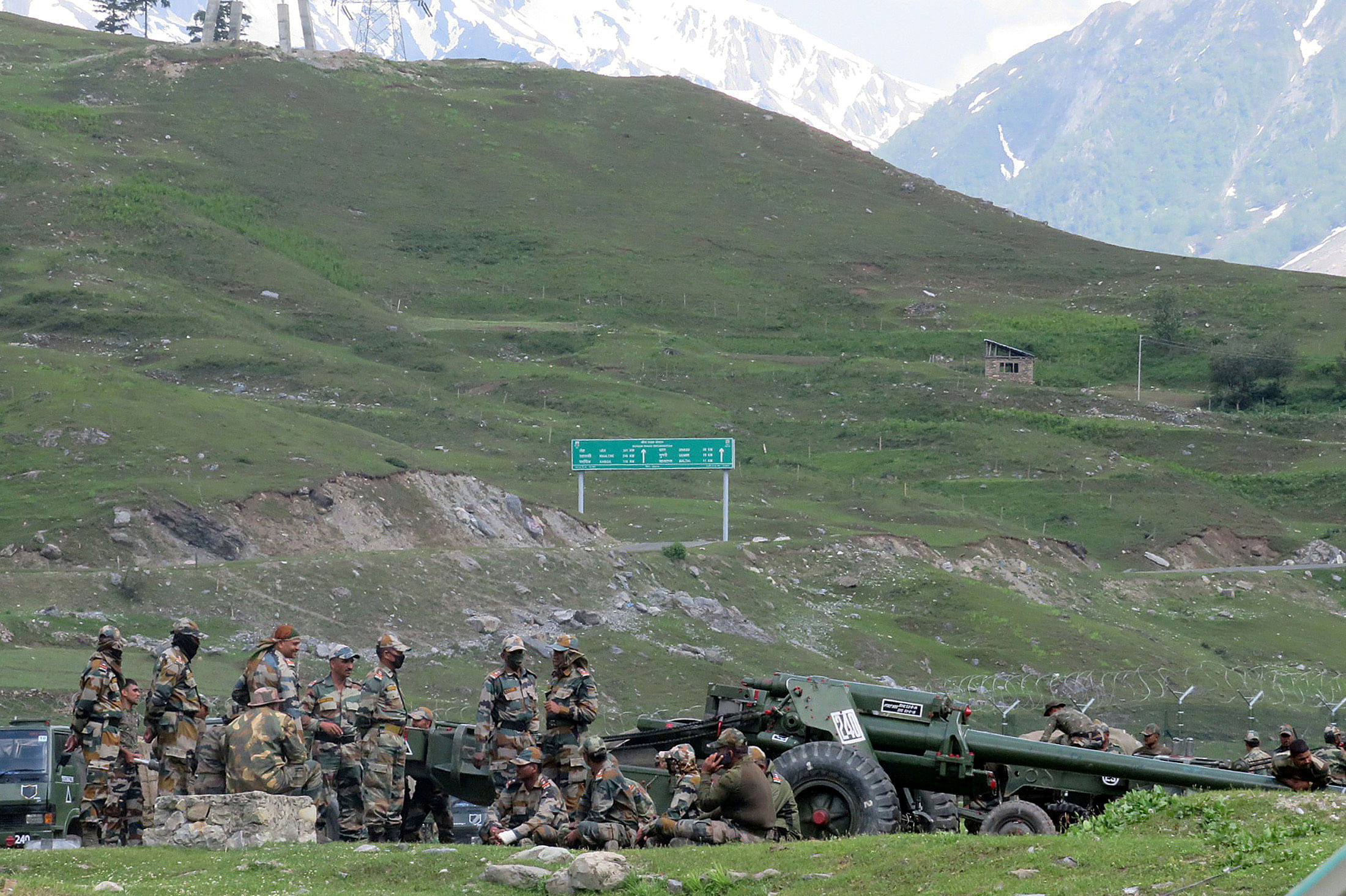
Why are India and China fighting at the border?
The ongoing border standoff between India and China has claimed the lives of Indian soldiers for the first time since 1975. The standoff began on the northern bank of Pangong Tso (lake) in eastern Ladakh on May 5. Chinese soldiers built a bunker, denying Indian soldiers access to an area they regularly patrolled earlier. China then accused of India trespassing on its territory in the Galwan Valley, a little north up, and building “defence facilities”. While both the sides decided to move away from Galwan Valley, the disengagement process took a fatal turn on June 15, killing an Indian army colonel and two soldiers. What explains these violent skirmishes amid the pandemic?
What is the India-China boundary dispute all about?
India claims that China is illegally occupying about 38,000 sq km of its territory in Aksai Chin, which borders eastern Ladakh. Pakistan also ceded to China about 5,180 sq km of the Indian territory in 1963. China also claims approximately 90,000 sq km of Indian territory in Arunachal Pradesh and about 2,000 sq km in Himachal Pradesh and Uttarakhand.
What's happening in eastern Ladakh?
The two sides have deployed additional troops along the disputed boundary in eastern Ladakh, and the build-ups resulted in escalation of tension over the past few weeks. While the two sides decided to withdraw troops from the Galwan Valley, the violent faceoff took place when the disengagement process was on. The standoff in the Pangong Tso area hasn't been resolved.
Where are Galwan Valley and Pangong Tso?
Galwan River flows from Aksai Chin to Ladakh. China claims the area to the west of the river as its territory. India claims that the entire Aksai Chin belongs to it.
Pangong Tso is the highest saltwater lake in the world, located at an altitude of 4,350 metres and spread over an area of over 600 square kilometres. It extends from eastern Ladakh in India to Tibet in China.
Why is Pangong Tso a trouble spot in India-China border areas?
India and China do not have a mutually accepted boundary between them. The Line of Actual Control serves as the de facto border on the western side but the two sides have differences in perception about the alignment of the LAC. The LAC cuts through Pangong Tso, but the two sides do not agree where exactly the line goes through. The spurs of the mountain range on the northern bank of Pangong Tso jut towards the lake like a palm with the protrusions looking like fingers. They are, in fact, demarcated on the maps as Fingers, with Finger 1 at the western end and Finger 8 at the eastern end. China claims that the LAC, after cutting through Pangong Tso, goes through Finger 4. India, on the other hand, claims that the line goes through Finger 8.
What triggered China’s aggression?
What apparently rattled the Chinese was a road and a bridge Indian army built recently — linking the forward positions on the bank of Pangong Tso with another 255-kilometre-long road, which is known as DSDBO road and which connects Darbuk and Shyok with its military base in Daulat Beg Oldie. The construction of infrastructure by India closer to the LAC was perceived by the Chinese army as preparations by the Indian army for a military move towards Aksai Chin. China has been wary of New Delhi’s intent in the region ever since Home Minister Amit Shah reasserted India’s claim on Aksai Chin while speaking in the Lok Sabha on August 6, 2019 — a day after the government initiated a move to strip Jammu and Kashmir of its special status.
How did India-China relations come to such a pass despite the recent bonhomie?
The first "informal summit" between Prime Minister Narendra Modi and Chinese President Xi Jinping in Wuhan in April 2018 brought about a thaw in India-China relations after the 72-day-long military face-off in Doklam Plateau the previous year. But while New Delhi went the extra miles to avoid hurting the sensitivities of China on issues like Tibet and Taiwan, Beijing continued with its China-Pakistan Economic Corridor project which passes through areas India accuses Pakistan of illegally occupying.
